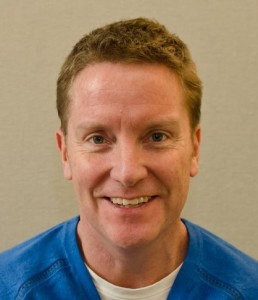“How do fevers in the human brain produce the dreams and visions that become transformed into blazes of insight?” The Creative Brain
When I was in college, I was proud to be studying at a University that had its PR program in the School of Business, resulting in a Bachelor of Science in Business degree. This was – and stills seems to be – a rarity in the field. Most PR and Marketing degrees are housed in the School of Communications and/or result in a Bachelor of Arts. In the past, this seemed to make sense for PR – it reflected the creative arts side of the field – writing, event planning, branding, messaging, etc. But today, with the explosion of analytics and data in the field, PR and Marketing executives have to think differently. They need to use both sides of their brain – the right, creative side and the left, analytical side. (Luckily, my degree prepared me for both before the market turned that direction.)
The creative side of the brain is still crucial to coming up with marketing strategies, branding and messages that appeal to people. We have to understand how to entice strong emotions that lead to action. Once that action is taken, we now have to use the right side of our brain to determine if that action resulted in value to our organization (or our clients’ organizations). Our creativity is crucial when it comes to content – we are in fact content creators and publishers in the day and age of social media. It takes fun, whimsy and innovative risk taking to create content that’s really going to stand out. But in order to truly create the best content, we need to use the right side of our brain to analyze how that content – if that content is working.
It’s not enough anymore to say “That was a really catchy headline” or “The logo is awesome” - or even to just write a creative pitch that gets a reporter’s attention. We now need to drill down and, after the reporter writes his or her article, analyze if the messages within drove the right interest. Was the article placed in the right outlet? Did the messages appeal to the right audience? What did they do as a result? Did they click through to our site? Did they buy? Why or why not?
This movement is also reflected in the banter about CIOs and CMOs battling for budget and suddenly sharing some tech responsibilities. CMOs are responsible for more data-driven decisions than in the past, and that includes managing the website’s content (which CIOs also need to make sure doesn’t then result in slower performance or other issues), and purchasing analytical software. As Dell chief information officer Andi Karaboutis recently told ZDNet, “Things for which I work together with Karen [the CMO]? Analytics, big data.”
And thus, today’s best PR and Marketing executives are what I’ve dubbed “Creatalitics” thinkers. They combine really creative and innovative ideas – those “dreams and visions” with data and analysis – the “blazes of insight” that tells them if their creations go beyond initial appeal and into the world of actionable value to the company’s bottom line. How are you using “creatalitics” in your PR or marketing position? If we can help you better undersatnd and merge this new way of thinking into your organization, let me know.


 This week’s “Effective Executives” interview is with
This week’s “Effective Executives” interview is with  David Murdico at
David Murdico at  Social Media in business can be a great way to get in touch and stay in touch with clients, but there is a method to the madness. ClikCloud founder Dan Shapriro offers suggestions on how to create a positive, engaging social media presence in
Social Media in business can be a great way to get in touch and stay in touch with clients, but there is a method to the madness. ClikCloud founder Dan Shapriro offers suggestions on how to create a positive, engaging social media presence in 